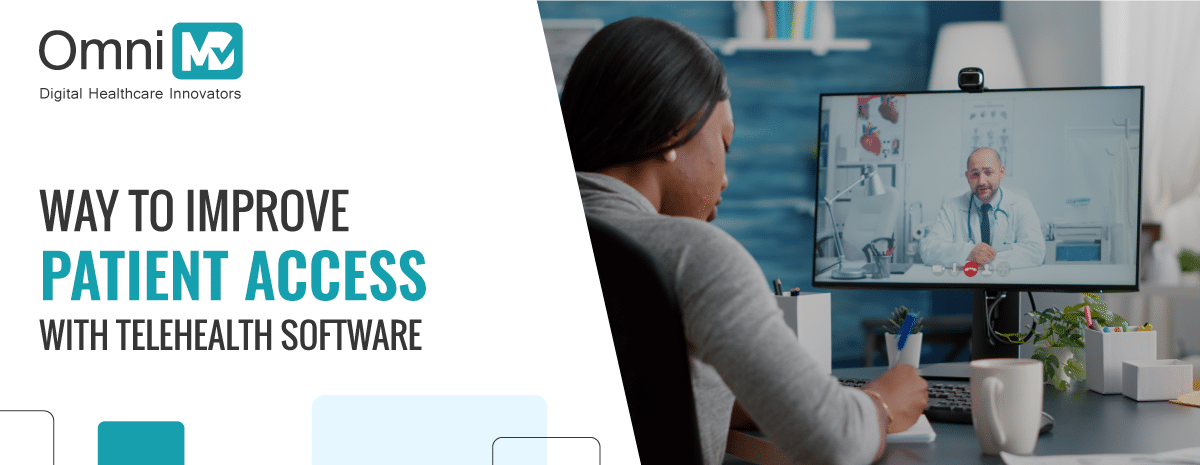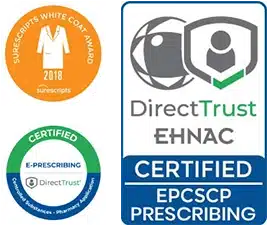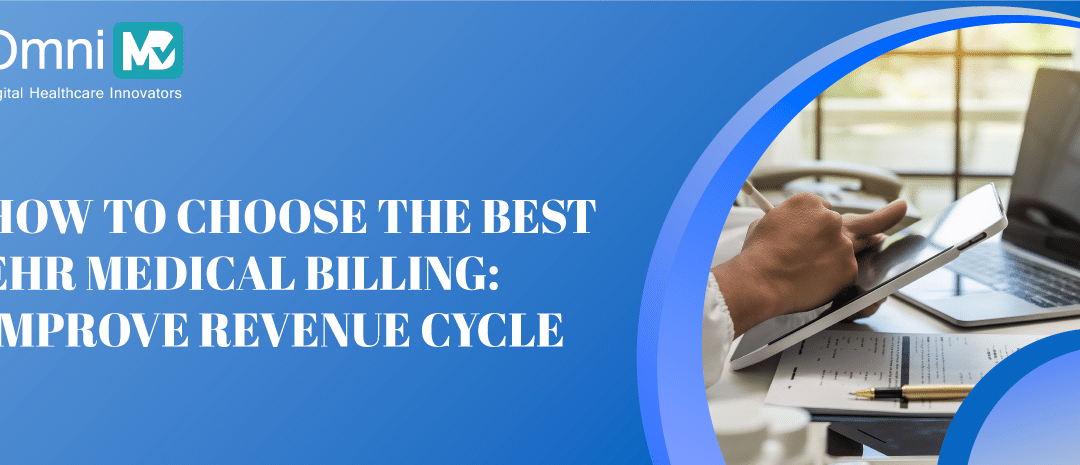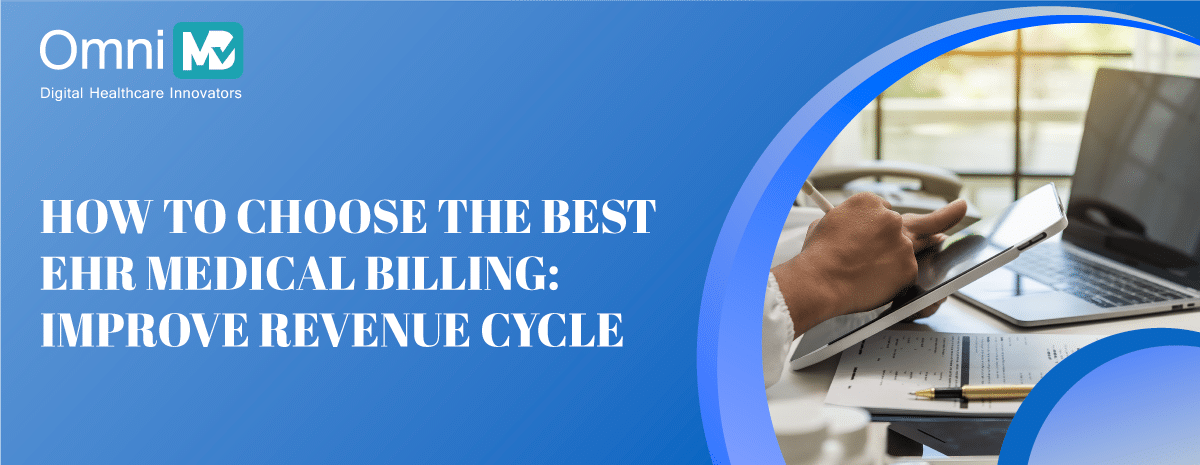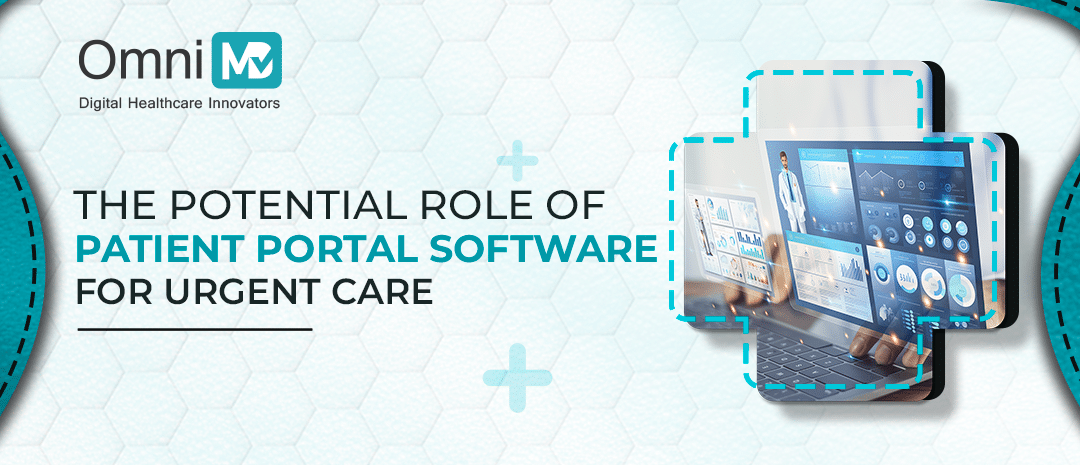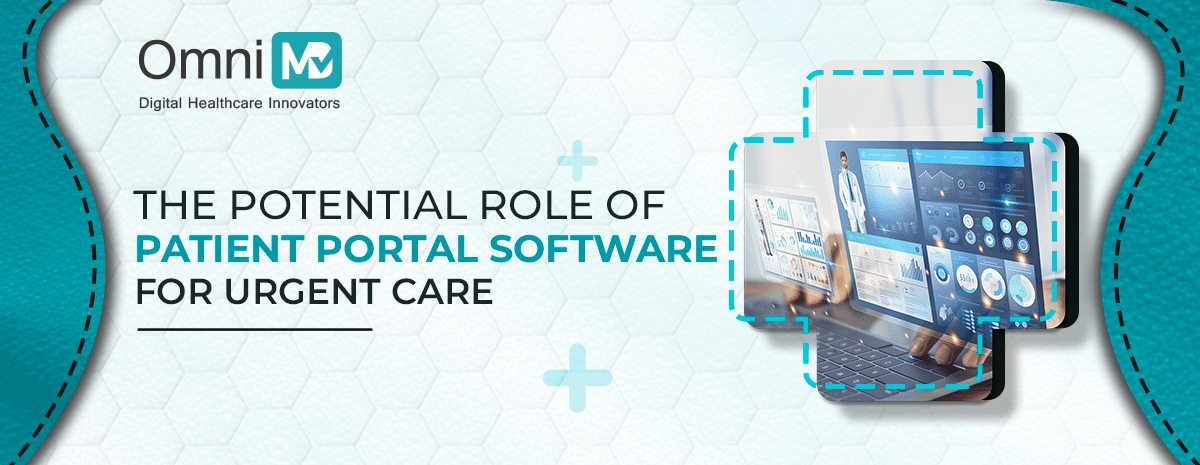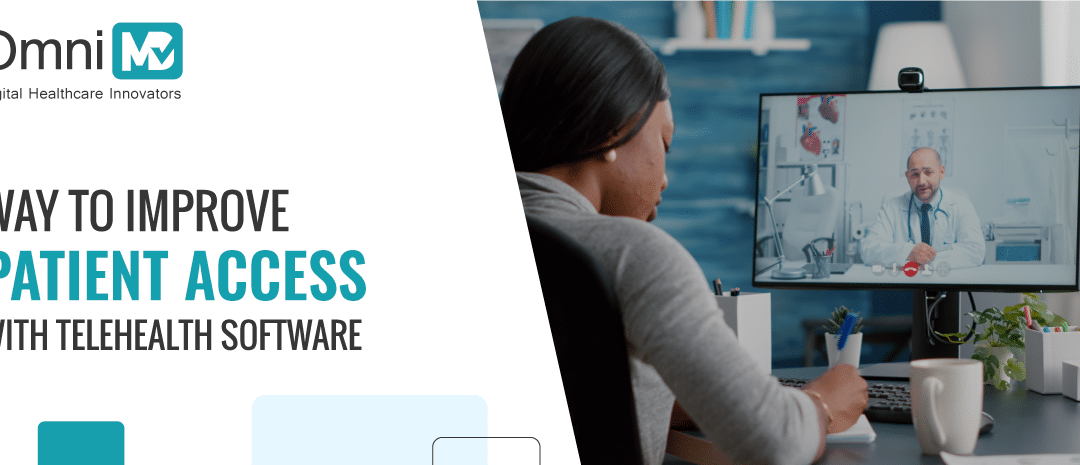
Way to Improved Patient Access With Telehealth Software
Generally, when we think of a patient experience we usually think of a patient interacting with the doctor in a doctor’s office. However, for a patient, the healthcare experience starts when an appointment is booked.
Traditionally, accessing medical care often involved overcoming hurdles. Long commutes, inflexible appointment times, and crowded waiting rooms could deter patients from seeking the care they need. But the Telehealth Software dismantles these barriers, empowering patients to connect with their providers remotely, and fostering a more accessible and convenient healthcare experience.
Understanding Telehealth Software
Telehealth software is a digital platform that facilitates virtual consultations between patients and healthcare professionals. Imagine a secure video call environment where a patient can discuss his/her health concerns with a doctor from the comfort of home or any location. This eliminates the need for physical travel, saving valuable time and reducing potential exposure to illness in waiting rooms.
Here’s a glimpse into the functionalities of telehealth software that enhance patient access:
- Easy scheduling: Gone are the days of endless phone calls and calendar juggling. Telehealth software allows patients to schedule appointments directly through the platform, providing real-time availability and flexibility.
- Appointment reminders: No more missed appointments! This software can send automated reminders via email or text message, ensuring you don’t forget your virtual consultation.
- Virtual waiting room: Telehealth software creates a virtual waiting room, similar to a traditional waiting room experience, but online. Patients can “check-in” virtually and receive updates on their appointment status.
- Secure video conferencing: Telehealth software prioritizes patient privacy and security. HIPAA-compliant video conferencing ensures your conversation with your doctor is confidential and secure.
- User-friendly interface:The software is designed with ease of use in mind. Most platforms work seamlessly on any modern browser or mobile app, eliminating the need for additional downloads or complex installations.
OmniMD Telehealth App
OmniMD’s Telehealth app is a crucial addition to any healthcare solution system. It is a simple, secure, and integrated telehealth solution is seamlessly incorporated into the OmniMD EHR Software. The software allows for convenient virtual care delivery for patients and healthcare professionals.
The Telehealth app has been designed for ease of use, allowing patients to make appointments conveniently via any modern web browser without making prior downloads. At OmniMD, patient privacy is of utmost importance, as the Telehealth app adheres to strict HIPAA regulations to ensure the safety of sensitive medical information.
This app is available on Android and App Stores, which adds to its convenience. Patients can simply download the app on their existing smartphones and access on-the-go virtual consultations for better flexibility and appointment adherence. The Telemedicine Software has high-quality audio and video capabilities, which are essential for clear communication during virtual examinations.
Most importantly, the Telehealth app helps expand the reach of healthcare professionals to patients who might reside in geographically remote areas. Or provide quick consultations to patients who are bedridden and unable to make regular hospital visits.
From the perspective of healthcare professionals, the Telehealth app brings much-needed flexibility to their workflow. It allows for easy access to patients from virtually anywhere based on their convenience, which can ultimately lead to improved productivity.
OmniMD Telehealth Software Salient Features

The OmniMD Telehealth software offers a robust suite of features designed to streamline virtual care delivery for both patients and healthcare providers:
Simplified scheduling
Seamless one-click scheduling integrates effortlessly with our existing OmniMD EHR and practice management software, eliminating the need for separate platforms.
Centralized appointment management
Gain a comprehensive view of your patient appointments through a consolidated dashboard. It includes features like one-click launch and termination of virtual consultations for added efficiency.
Personalized video visits
Offers convenient and cost-effective video consultations for patients facing challenges with in-person visits, such as the elderly or those in rural areas.
Improved workflow and reduced wait times
Maintains a consistent workflow by managing virtual waiting rooms and waitlists. It can help reduce in-office wait times for patients who require physical examinations.
Real-time communication
Both patients and healthcare providers receive alerts and notifications regarding their movements within the virtual waiting room, ensuring clear communication and timely consultations.
Efficient patient intake
The app streamlines the patient registration and check-in process, making it quick and easy for patients to join virtual appointments.
Fast onboarding
It helps get started quickly with the Telehealth app thanks to a user-friendly onboarding process.
Automated reminders
It reduces administrative burden and improves appointment adherence with automated text reminders sent to patients before their visits.
HIPAA compliance
Ensured data security is a top priority. The Telehealth software adheres to strict HIPAA and HITECH compliance regulations, safeguarding all patient health information.
The Future of Telehealth in Optimizing Care
Telemedicine Software Companies is still evolving, but its potential to revolutionize healthcare access is undeniable. As technology continues to advance, we can expect further integration with wearable devices and remote monitoring tools, allowing for more comprehensive data collection and personalized treatment plans.
Additionally, telehealth solutions can play a vital role in addressing healthcare disparities by bridging the gap between patients in underserved communities and qualified medical professionals.
In Conclusion
Telehealth software plays a transformative role in improving patient access to care. It offers convenience, flexibility, and cost-effectiveness for patients while allowing healthcare providers to optimize their practice efficiency and reach a wider patient base. As telehealth technology continues to evolve, we can expect even greater benefits for both patients and healthcare professionals in the years to come.
The future of healthcare is connected, and OmniMD Telehealth Software is at the forefront of this revolution. Our software is constantly evolving alongside telehealth technology, ensuring you have access to the latest features and functionalities.
OmniMD Telehealth Software can transform your practice and empower your patients!

